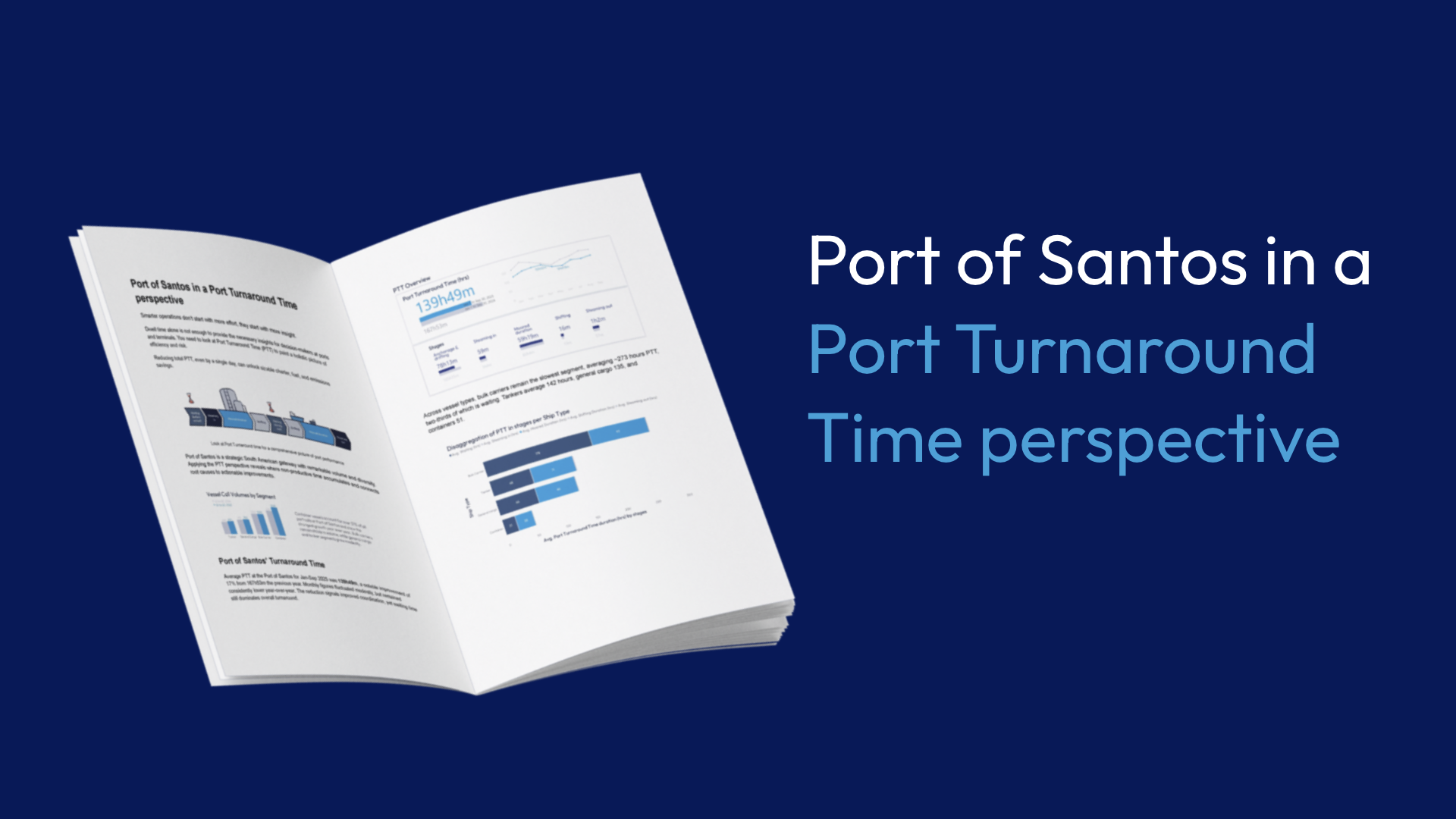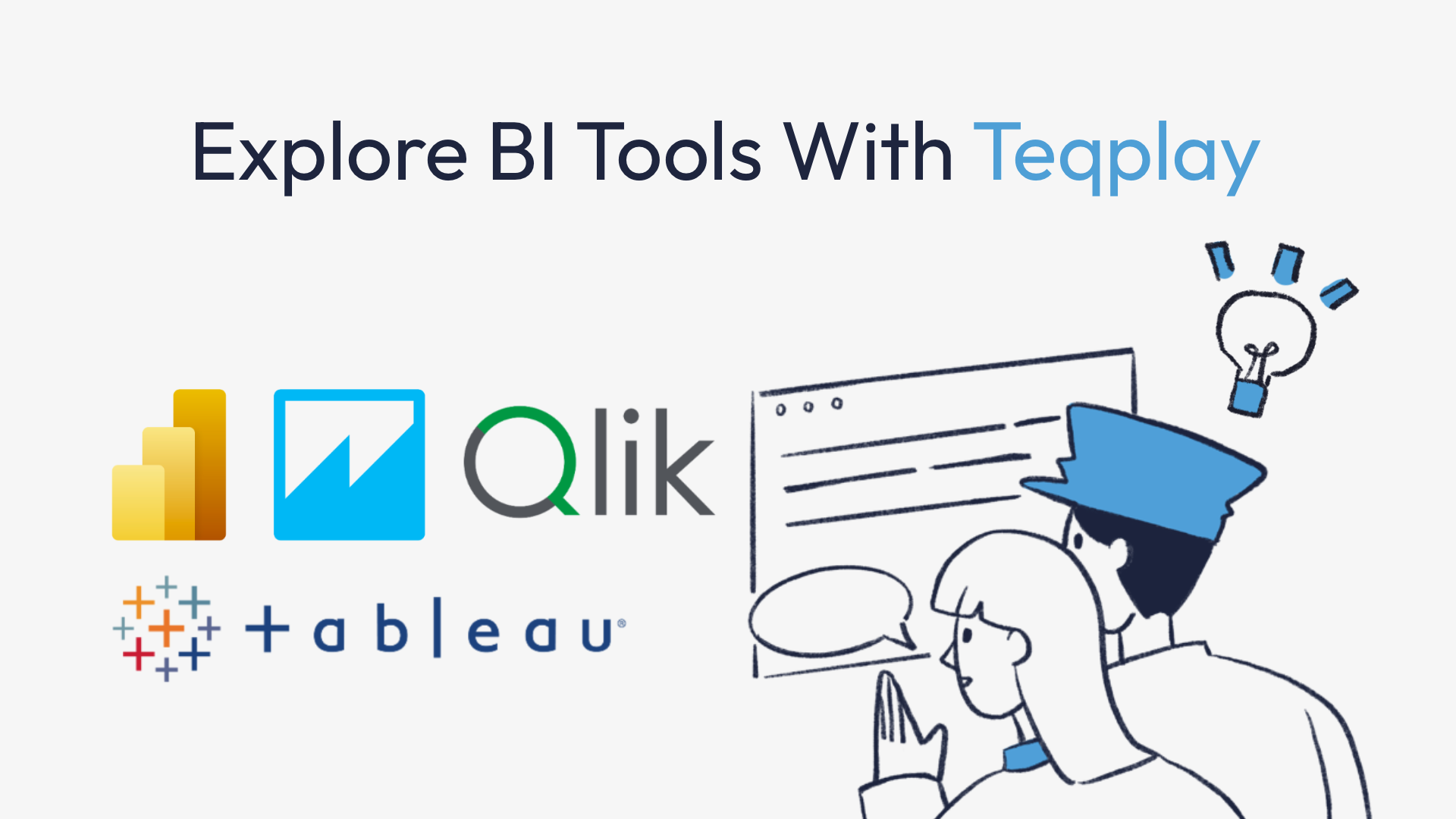by Sander Jellema
I am a lover of social discomfort.
Discomfort breaks down barriers and situations that have been maintained unnecessarily for a long time, it also brings humour or new insights to many situations. This blog is about social discomfort and integrating high quality ETA’s as a key component to be in control of your terminal operations.
Upon arrival at Terminal X, it begins. Signing with instructions: “visitors park here”, “report to the porter”, “no entry without an appointment”, “please bring a valid identification”. On driving through the gate a message as reminder: “221 incident free days”. And after checking my ID, I am allowed to climb the stairs, provided I keep one hand on the railing at all times. When the fireproof door finally closes behind me, the meeting can begin.
‘’If you care about procedures and safety so much, why do you allow bad data and ETA’s to be submitted? Isn’t that a risk on its own?’’
Sander Jellema
As you can imagine, this question brings social discomfort. We believe that a bad ETA is a risk on its own, which should be addressed. Let’s have a look at the why.
Throughout the industry regulations and procedures are introduced for obvious reasons. I find amazement in the moment that – after sitting down at our desk – we allow poor ETA’s to be submitted in the planning, introducing risks on its own: poor utilization of assets, waiting time, demurrage, rescheduled maintenance, people at the wrong moment and place on your terminal. Why do we allow this to happen when there are so many alternatives?
We are aware that there is a resistance to generated ETA’s. A system is not able to predict them because the captain decides, commercial interests are not taken into account and the influence of third parties isn’t included but very relevant to the quality.
We recognise these points but also see that current technology is able to calculate and take behaviour patterns into account as well. Calculated ETA’s are a good step for improvement, below are three reasons why we advise you to start using calculated eta’s in your organisation anyway.
1. Calculated ETA’s are unbiased
In a market where everyone has their own interests, the search is on for pure truth. In our experience, there are several reasons why a ”commercial” ETA is issued. A few examples: The captain could be afraid that you will give away the berth at the terminal to someone else so he is giving an ETA a few hours earlier. Perhaps also the fact that another arrival time may be better from a contractual point of view or the agent may be instructed differently by the (cargo) owner.
ETA’s are also given with the right intentions but without local factors in mind, other vessels in line or (limited) availability of service providers. A calculated eta uses factors like position, actual speed, historic travels and complex calculated averages where other vessels and local situations are taken into account. Being an algorithm; it’s not susceptible to commercial arguments. This makes it unbiased and therefore trustworthy.
2. Continuously calculated ETA’s help in monitoring operations
We see that once an ETA is given and submitted into processes the guesstimate becomes reality. Plans are made on top of this moment and the sequence of vessels to be loaded/discharged is planned. Operations are prepared and people are planned, 3rd parties like surveyors are involved.
We see that this approach causes a lot of waiting and wasted hours and assets. Somehow it’s a repeating story with two sorts of outcomes: “We already expected the vessel would be late” or “Why is the vessel not here yet?“. As a major side effect your planner keeps receiving phone calls – or makes them himself – with the request for a status update. This consumes a lot of time. By adding a dynamic ETA instead, you are in control again. It enables you to share them with relevant stakeholders and you will have a clear – unbiased – understanding on what is about to happen. This allows you to continuously monitor operations, utilize your assets better or plan maintenance between operations. It saves you from a lot of emails or phone calls with the question “Can you give me the updated ETA?“.
3. ETA’s are part of shared awareness and facilitate collaboration
We believe that the value and main improvements for the maritime supply chain can be found in shared awareness. All the actors have tried to improve their own operations; now it is time to work closer together.
Before we get there, there are a few steps to take first. One of these steps is found in using improved ETA’s, we mentioned unbiased and monitoring possibilities, but collaboration is a relevant factor as well.

If you – planning, operations and third parties – are all looking at the same data this will introduce trust and closer collaboration. Communication is improving. Instead of questions like: “Can you give me an updated ETA?” it can be: “We see that the vessel is about to arrive at anchorage around 11AM, will she come in straight away?“. This is an enabler of transparency, shared awareness and collaboration with colleagues and third parties.
Better communication, more relevant questions, improved visibility.
After presenting the mentioned three reasons why, one contradiction still remains on the table: “What we have now, although not accurate, is good enough”. Here I’d like to refer to my first car, a 1997 Opel Astra diesel, although not up to date it was good enough. At some point we improved/updated our phones, cars and computers for faster and better equipped solutions. For your information: since the 1997 Opel Astra I’ve had seven other cars and all were good enough. See our point?
Back to the conversation at the terminal. After a long silence the conversation continued, ending in a collaboration for the terminals of client X worldwide, where our ETA’s make a difference every day and supports them in reducing the risk in business and achieving a better bottom line.
So the next time you put on your helmet and have to keep your hand on the railing, ask yourself” what priorities do we give to our planning and data entry?
Better Insights. Less Waste.
Teqplay – connecting the dots



